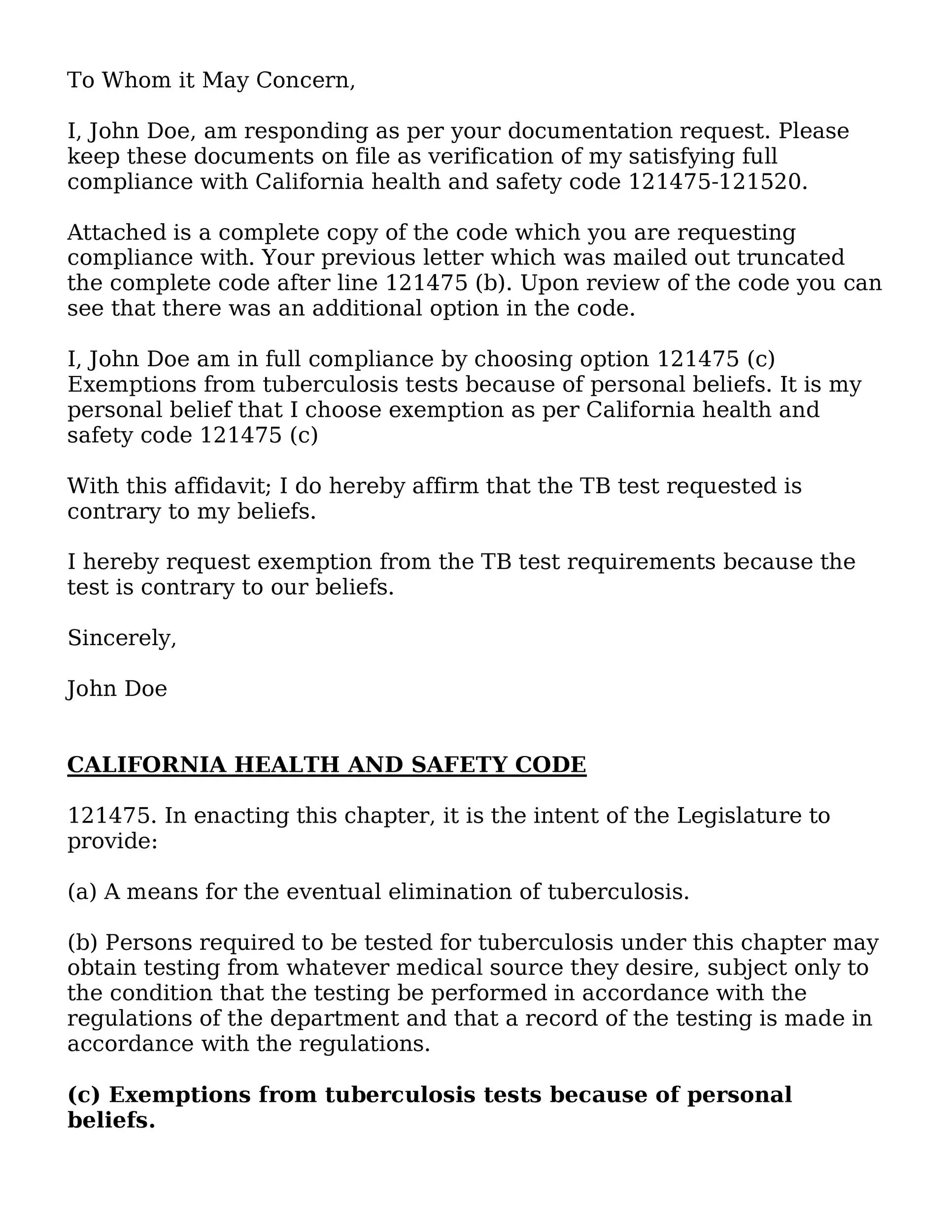Understanding Cover Letter Alternatives
In the ever-evolving landscape of job applications, the traditional cover letter, often addressed “To Whom It May Concern,” is gradually losing its dominance. Many job seekers and hiring managers are recognizing the need for more dynamic and engaging ways to introduce themselves and highlight their qualifications. This shift has given rise to a variety of cover letter alternatives, each designed to offer a fresh perspective on your skills and experience. These alternatives provide an opportunity to showcase your personality, creativity, and unique value proposition in ways that a standard cover letter might not. Embracing these alternatives can help you stand out from the competition and make a lasting impression on potential employers.
Why You Need Cover Letter Alternatives
The job market is competitive, and the traditional methods are not always the most effective. A well-crafted cover letter alternative can capture the recruiter’s attention. It demonstrates initiative and creativity, qualities that employers highly value. By using alternatives, you’re making a strategic move to highlight your unique qualities and tailor your application to specific job requirements. Furthermore, cover letter alternatives can be more engaging, providing a more immediate sense of who you are and what you can offer. They allow you to present your skills in a way that resonates with the specific needs of the job and the company. This approach ensures your application is not just seen, but remembered.
The Limitations of Traditional Cover Letters
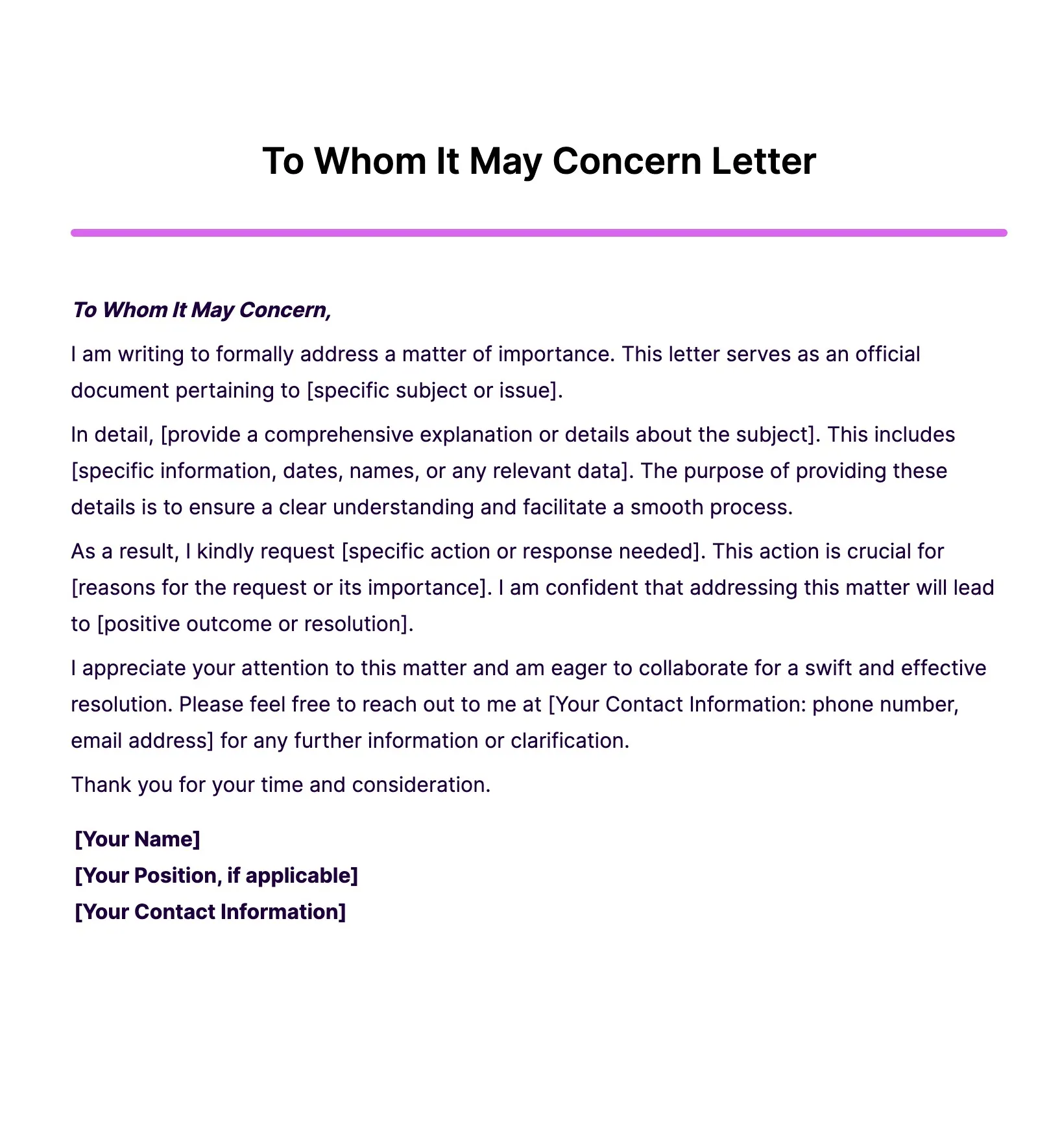
Traditional cover letters can be perceived as formal, generic, and often repetitive. Addressing a cover letter “To Whom It May Concern” immediately signals a lack of personalized effort and can work against you. Many recruiters find themselves skimming through generic content, missing the core of what makes a candidate stand out. Furthermore, the structured format of a cover letter, while intended to be organized, can sometimes constrain creativity and the ability to showcase personality. These limitations highlight the need for alternatives that offer a more direct, engaging, and personalized approach to introducing yourself to potential employers, allowing you to make a stronger first impression.
Top 5 Cover Letter Alternatives
1 The Professional Summary
A professional summary is a brief, impactful statement at the top of your resume that highlights your key skills, experience, and career goals. Think of it as an elevator pitch, concisely summarizing your value proposition. This alternative is particularly effective when targeting specific roles and allows you to immediately convey your suitability for the position. It provides a clear snapshot of who you are and what you bring to the table, grabbing the reader’s attention from the outset. Instead of a general introduction, this gives recruiters quick insights into your qualifications and helps them decide whether to continue reading your resume.
How to Write an Effective Professional Summary
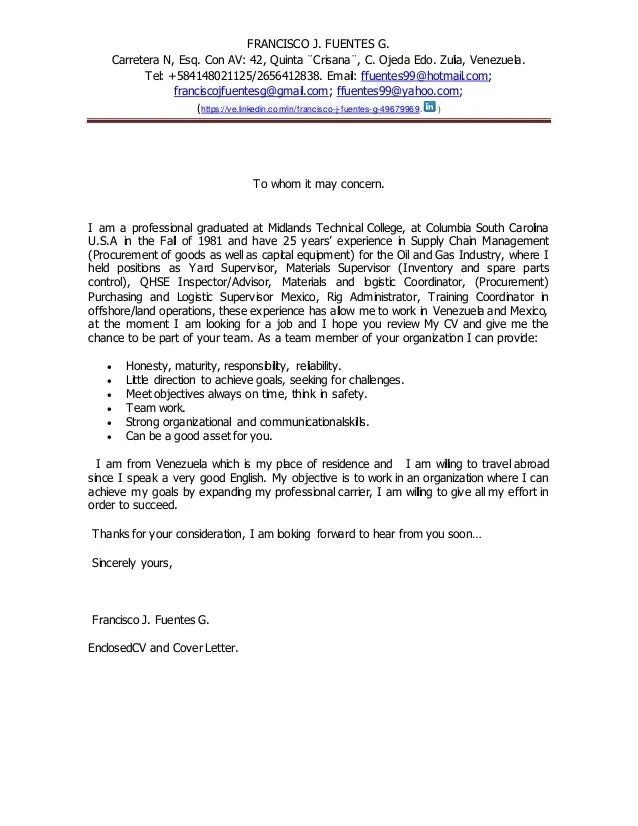
To write a winning professional summary, start by identifying the core skills and experiences that align with the job description. Keep it concise – aim for 3-4 sentences at most. Begin with a strong adjective to grab attention, followed by a brief overview of your experience, and end with your key skills or career goals. Tailor your summary to each job you apply for, highlighting the most relevant aspects of your background. Use action verbs to showcase your accomplishments and quantify your achievements whenever possible. Proofread meticulously to ensure there are no grammatical errors.
2 The Portfolio
For creative and technical fields, a portfolio is an invaluable cover letter alternative. It showcases your work in a visually appealing manner, allowing potential employers to see your skills in action. Portfolios can include a wide range of projects, from design work and writing samples to code repositories and project management dashboards. The portfolio serves as tangible proof of your capabilities, moving beyond what you say you can do to what you have actually done. This approach is particularly effective in demonstrating your creativity and expertise.
Building an Online Portfolio
Creating an online portfolio is easier than ever with platforms like WordPress, Behance, and GitHub. Choose a platform that aligns with your profession and offers a user-friendly interface. Select your best work, showcasing projects that align with the types of roles you are targeting. Organize your portfolio logically, making it easy for potential employers to navigate. Include clear descriptions for each project, highlighting your role, the challenges you faced, and the outcomes you achieved. Make sure your portfolio is mobile-friendly to accommodate all potential viewers.
Showcasing Your Work
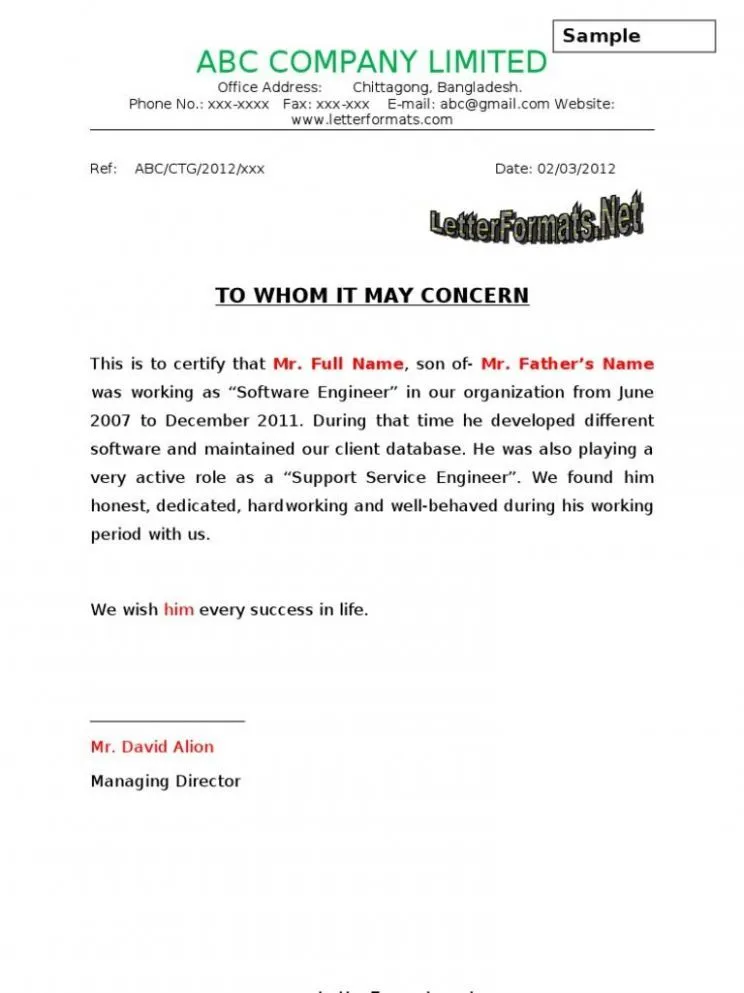
When showcasing your work, prioritize quality over quantity. Choose projects that best demonstrate your skills and experience. Use high-quality images, videos, or code snippets. Include detailed descriptions that explain your process, the results achieved, and any specific technologies used. Keep your portfolio updated with your latest projects. Consider adding testimonials or recommendations from previous clients or employers. Ensure that your portfolio is easy to navigate and responsive across all devices, providing a seamless experience for every viewer.
3 The Video Introduction
A video introduction offers a dynamic and personal way to introduce yourself to potential employers. It allows you to showcase your personality, communication skills, and enthusiasm in a way that a written document simply cannot. Keep the video concise, approximately 1-2 minutes long. It offers recruiters a more immediate sense of who you are and how you present yourself. By using a video, you can demonstrate your soft skills, such as communication, confidence, and enthusiasm, as well as your ability to engage with an audience.
Creating a Compelling Video Introduction
Start by introducing yourself, briefly stating your background and the position you are applying for. Highlight your key skills and experiences that are relevant to the job. Explain why you are interested in the company and the role, demonstrating your genuine enthusiasm. Conclude with a clear call to action, encouraging the viewer to review your resume or portfolio. Keep the video concise and focused, avoiding rambling or unnecessary details. Ensure your audio and video quality are high, using a well-lit space and minimizing background noise. This conveys professionalism and attention to detail.
Tips for Recording Your Video
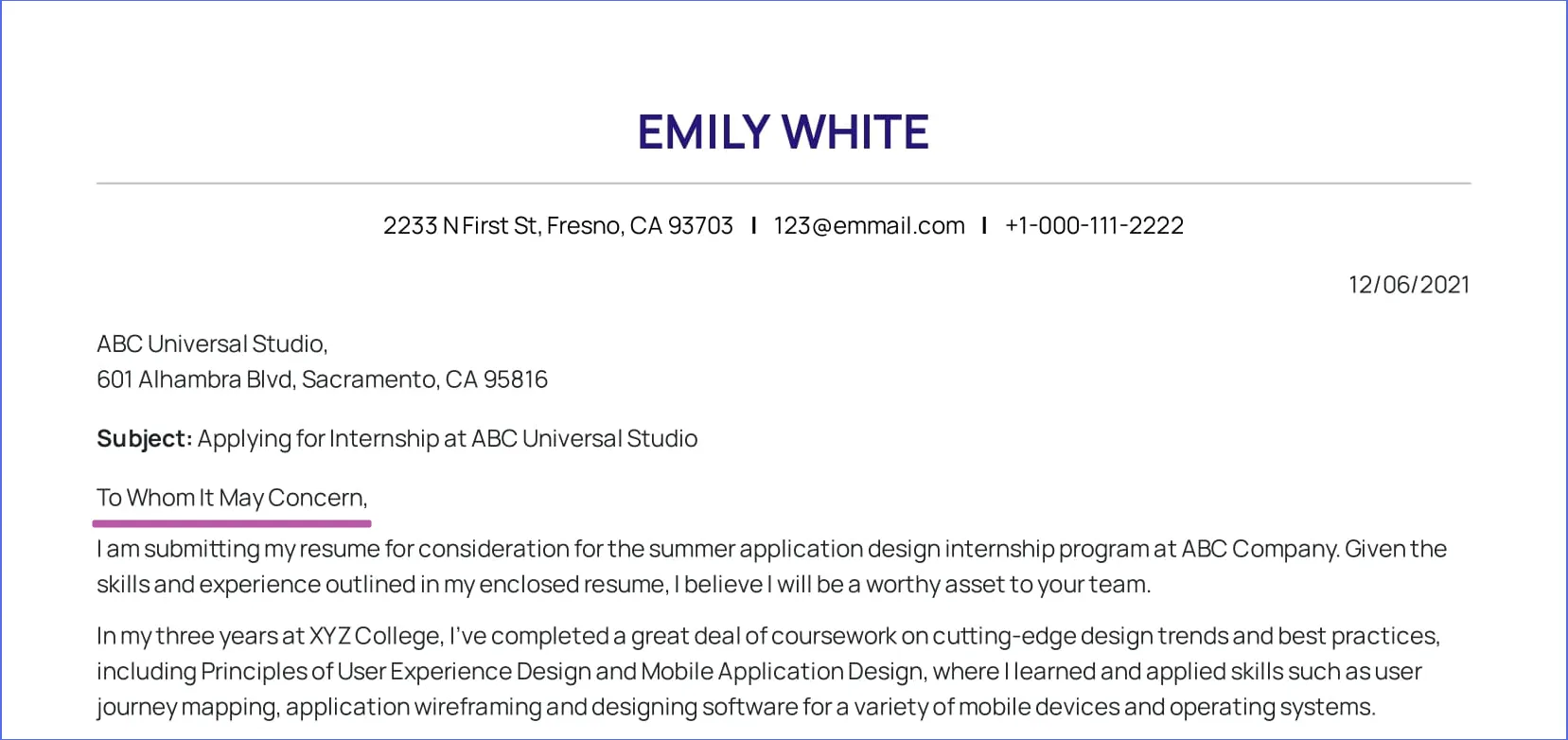
Before you record, rehearse your script to ensure a smooth and natural delivery. Dress professionally, as you would for an in-person interview. Maintain eye contact with the camera, which simulates eye contact with the viewer. Speak clearly and with enthusiasm, projecting your personality. Keep your background clean and uncluttered. Edit your video to remove any pauses or mistakes, ensuring a polished final product. Consider adding a brief title card at the beginning with your name and the position you are applying for, making your video easy to identify and remember.
4 The Email Pitch
An email pitch offers a direct and concise way to reach out to potential employers. This alternative is most effective when you have identified a specific person or role you’d like to target. The email should be short, compelling, and personalized, highlighting your key qualifications and why you are a good fit for the company. Think of it as a mini-cover letter, but delivered directly to the recipient’s inbox. This method allows you to directly address the hiring manager or recruiter, which can increase the chances of your application being noticed and considered.
Crafting a Concise Email Pitch
Keep your email brief, ideally under 150 words. Start with a compelling subject line that grabs attention. Introduce yourself and mention the position or role you are interested in. Highlight 2-3 key skills or experiences that align with the job requirements. Briefly explain why you are interested in the company and why you believe you would be a good fit. Include a call to action, such as asking for an opportunity to discuss your qualifications further or providing a link to your resume and portfolio. Personalize the email by mentioning something specific about the company or the recipient.
Highlighting Your Value Proposition
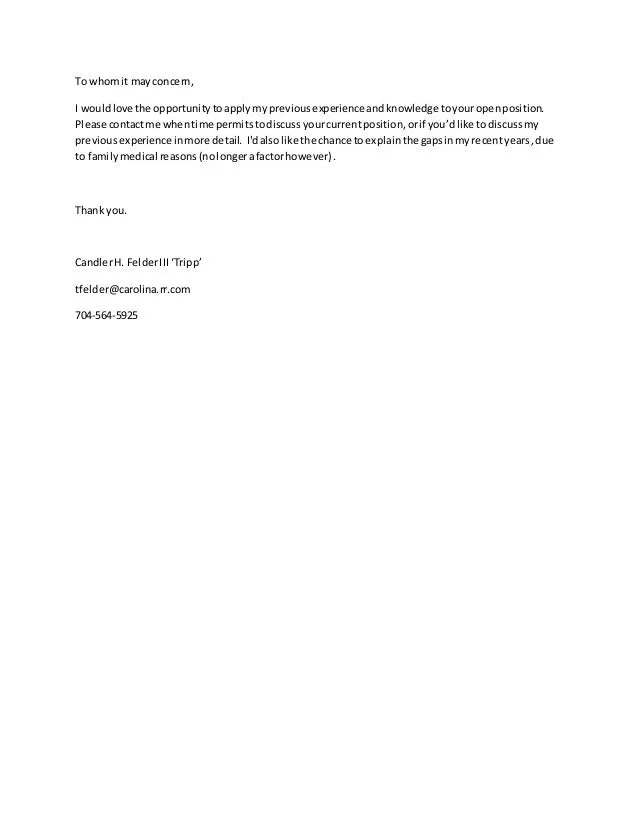
Focus on what makes you unique and what you can offer to the company. Quantify your achievements whenever possible, using numbers and data to demonstrate your impact. Tailor your email to the specific needs of the job and the company. Research the company’s values, mission, and recent projects to show that you understand their needs. Proofread your email carefully to avoid any grammatical errors or typos. Always include a professional email signature with your contact information and links to your online profiles, such as LinkedIn and your portfolio.
5 The LinkedIn Profile Optimization
LinkedIn is an essential platform for job seekers, offering an opportunity to showcase your professional brand and network with potential employers. Optimizing your profile is akin to creating a dynamic online resume, making it easy for recruiters to find you and assess your qualifications. A well-optimized profile provides an alternative to a traditional cover letter, providing a complete picture of your career and expertise. It demonstrates your networking and online presence. This option is very effective when you regularly update your LinkedIn profile.
Optimizing Your LinkedIn Profile
Use a professional headshot and a compelling headline that reflects your current role or career goals. Write a strong summary that highlights your key skills, experiences, and career aspirations. List your work experience in detail, including your responsibilities, accomplishments, and the results you achieved in each role. Request and provide recommendations from colleagues and supervisors. Include relevant skills and endorsements to showcase your expertise. Regularly update your profile with new experiences, skills, and accomplishments. Engage with industry content and network with professionals to increase your visibility.
Showcasing Your Skills and Experience
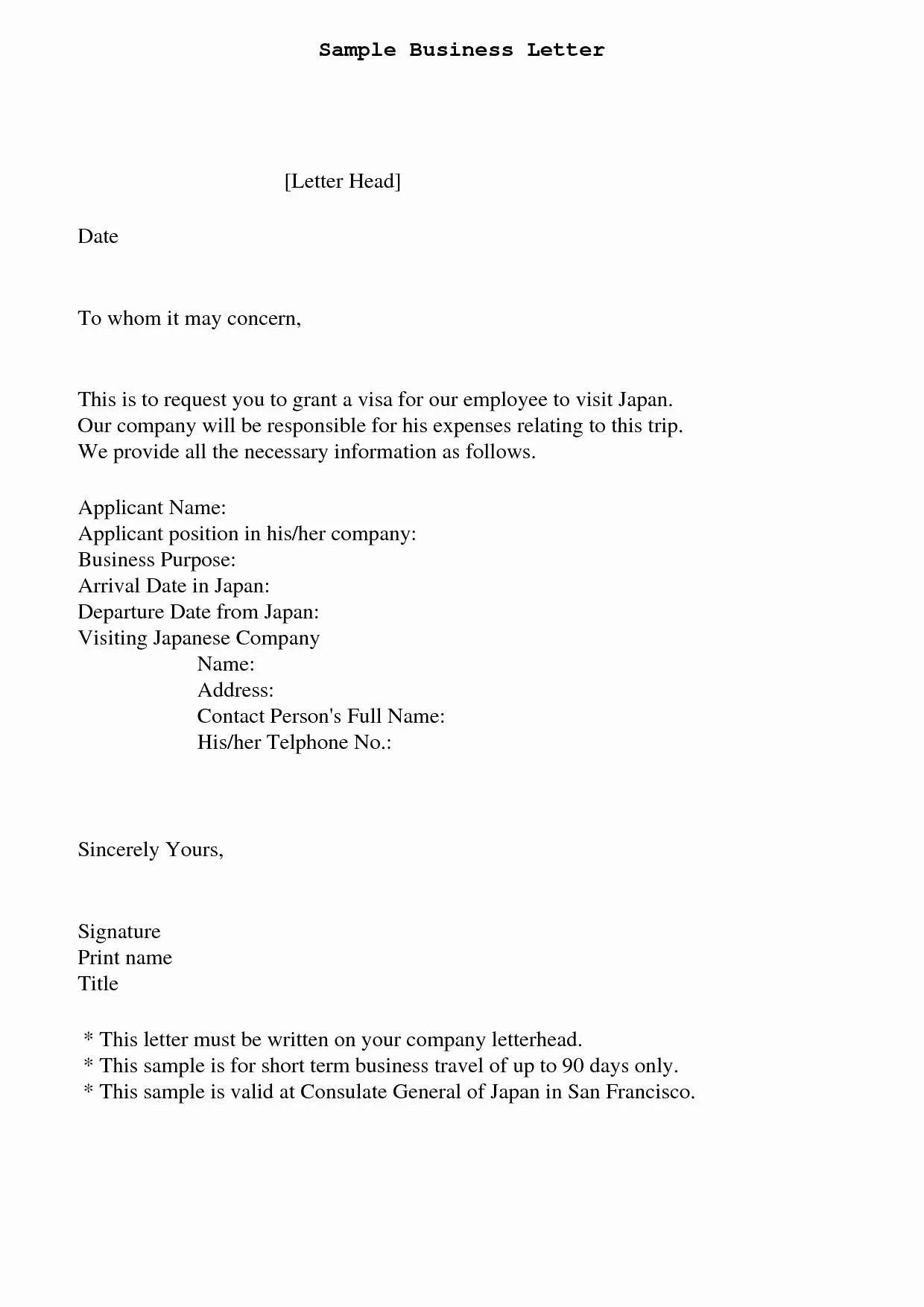
Use keywords that are relevant to your industry and the types of roles you are targeting. Highlight your achievements and use metrics to quantify your impact. Participate in relevant groups and discussions to increase your visibility. Share your work and articles to showcase your expertise and thought leadership. Connect with recruiters and hiring managers in your industry. Actively search for job opportunities on LinkedIn. Regularly update your profile with new experiences, skills, and accomplishments to make sure it’s always current and accurate.
Choosing the Right Alternative
The best cover letter alternative depends on your industry, the role you are applying for, and your personal strengths. Consider which method best showcases your skills and allows you to stand out. For creative fields, a portfolio is essential. For technical roles, a detailed LinkedIn profile and a professional summary may be the best options. Some professionals also combine alternatives, using a professional summary with an email pitch or a video introduction with a portfolio. Remember to consider the preferences of the company you are applying to, too. Adaptability is key, as is understanding what makes you a compelling candidate.
Considering Your Industry and Role
Different industries and roles may favor different cover letter alternatives. For instance, candidates in marketing or design should prioritize portfolios, while those in sales or consulting might focus on professional summaries and email pitches. Research the industry and the company to understand their preferred communication methods. Consider the expectations and standards of the role. Tailor your approach to the specific requirements. Understanding these nuances will help you choose the most effective alternative and increase your chances of success.
Adapting to Different Job Applications
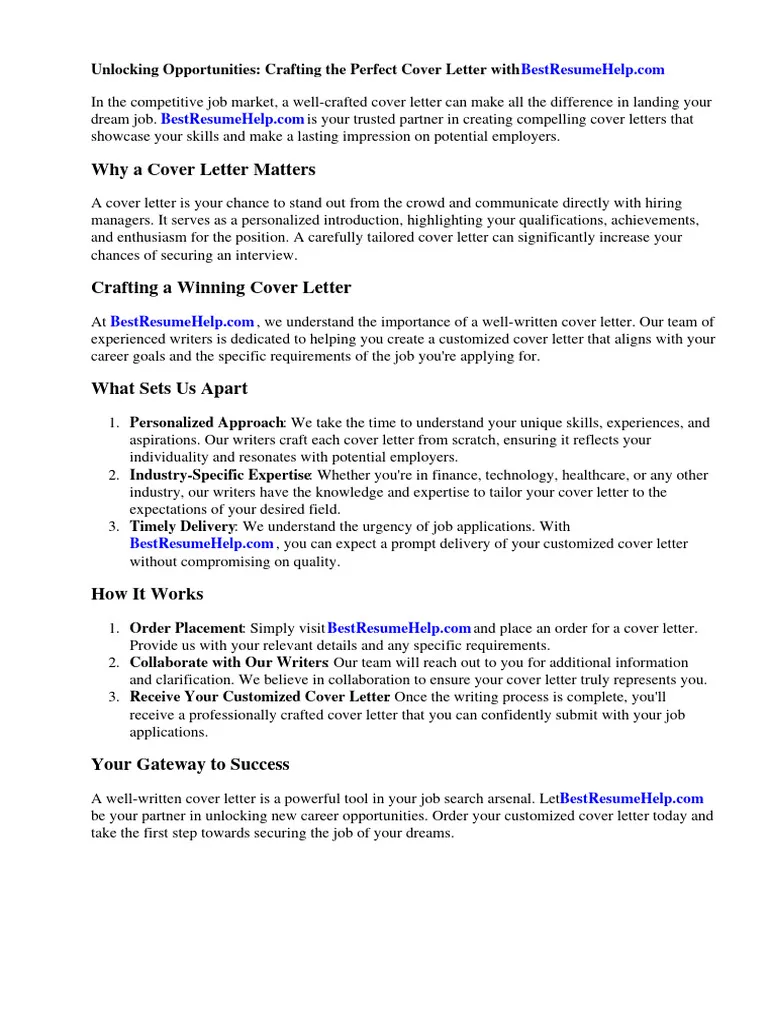
Customize your approach for each job application. Review the job description carefully, noting the key skills, experiences, and requirements. Tailor your alternative to highlight your most relevant qualifications, ensuring you address the specific needs of the role. For example, if the job requires strong writing skills, focus on your portfolio or provide a link to writing samples. Always proofread your application, regardless of the alternative, for any errors. Personalizing your approach ensures your application is seen, remembered, and valued by the hiring team. Tailoring demonstrates effort and an understanding of the employer’s needs.
Conclusion
Cover letter alternatives offer innovative ways to present yourself to potential employers and differentiate yourself from the competition. By exploring these options, from professional summaries and portfolios to video introductions, email pitches, and LinkedIn profile optimization, you can create a more impactful and memorable impression. Embrace the opportunity to showcase your unique skills and personality. Make a strong first impression. By choosing the right alternative and tailoring your approach to the specific job and company, you will significantly increase your chances of landing your dream job. Good luck with your job search!
